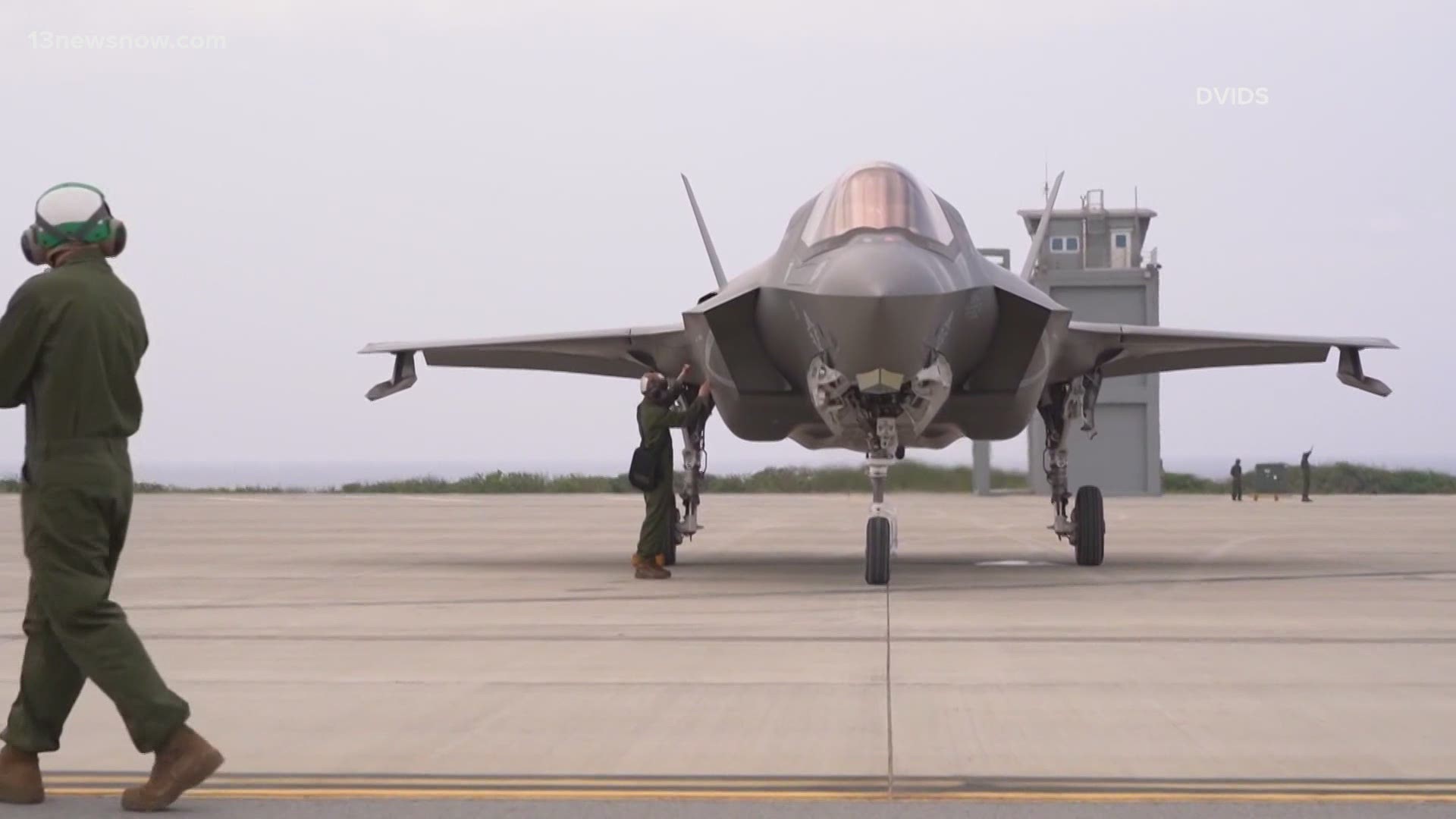WASHINGTON — A $444 million upgrade to the F-35 Joint Strike Fighter's power and memory represents a 63 percent increase over original projections.
It's not news lawmakers wanted to hear.
"The status quo is unaffordable, it is unacceptable and will not continue," said Rep. John Garamendi (D-California). "The program is over budget, it fails to deliver on promised capabilities and its mission capability rates do not even begin to meet the service thresholds."
The Government Accountability Office, in a new report out Thursday, said enhanced attention and oversight of the program are needed.
"It is taking 70 percent longer than planned to repair key engine components," said Diana Maurer, Director of Defense Capabilities and Management Issues at GAO. "As a result, there is a repair backlog. At current trends -- if unaddressed -- by 2024, one in eight F-35's will be grounded for lack of engines, growing to over 40 percent by 2030."
House Armed Services Readiness and Tactical Air Subcommittee members expressed alarm at a hearing on Thursday.
"DoD and industry must work to resolve over 800 deficiencies, which impact performance and safety," said Rep. Vicky Hartzler (R-Missouri).
Rep. Donald Norcross (D-New Jersey) added: "If this program continues to fail to significantly control actual and projected sustainment costs, we may need to invest in other more affordable programs."
The F-35's builders promised change.
"We recognize that affordability is the most pressing challenge facing the program and we are committed, committed to reductions," said Matthew Bromberg, President, Pratt & Whitney Military Engines.
So far, the manufacturers have delivered 625 of the more than 3,000 planned F-35's to the U.S. and eight other countries.
The Pentagon's most expensive weapons system ever will end up costing $1.7 trillion over the lifetime of the program.

